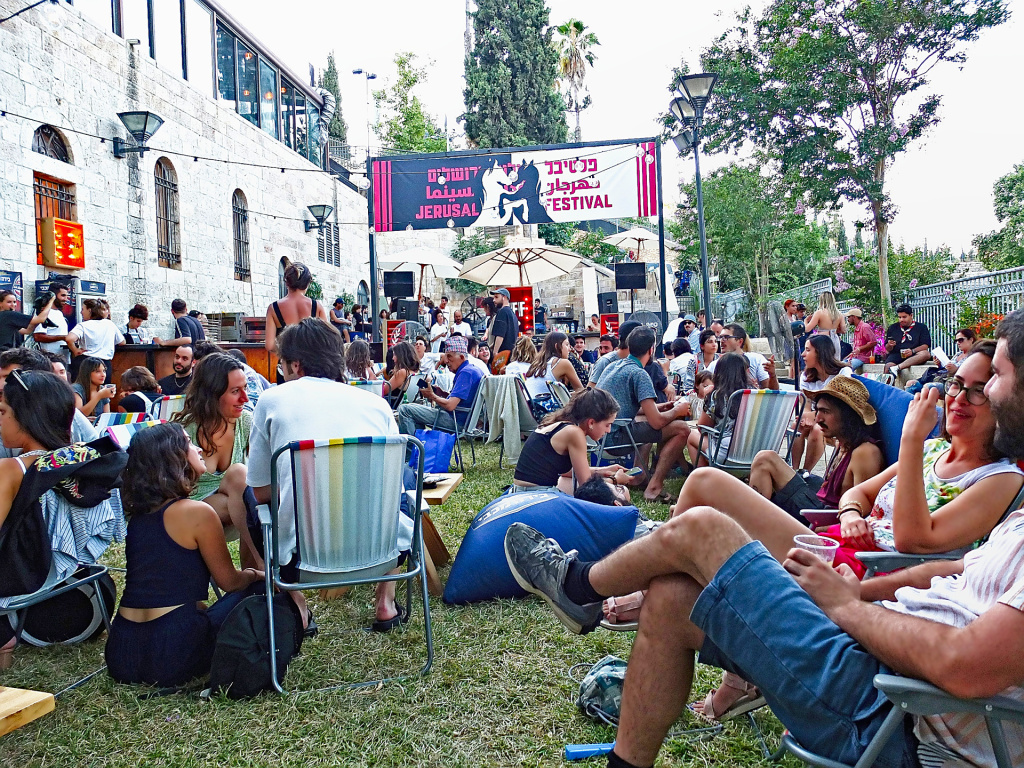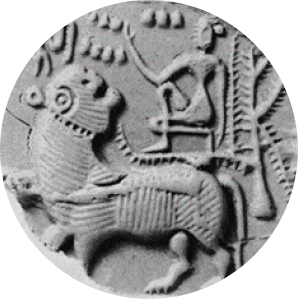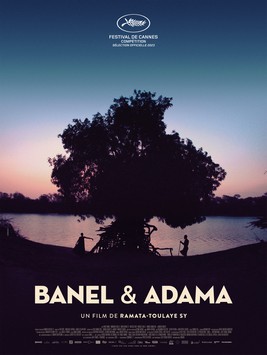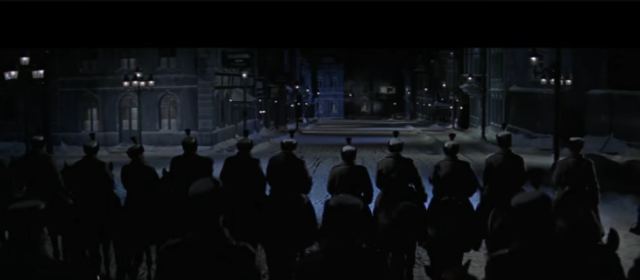While we were in Paris I had some fun running around and taking pictures. Here are a few – mainly of people. I wish there had been more time.
post
There are 4 posts filed in post (this is page 1 of 1).
Last day in Mumbai
Mumbai (cont’d)
Coexisting with India’s bureaucracy, as every Indian would surely agree, is not an easy thing. For foreigners this is compounded by the country’s paranoia over security issues. This time I have been working with two problems: the online purchase of train tickets and of an Indian SIM card, both of which proved tiresome and ended in failure though I’ve managed many times in the past. Yet from year to year the rules grow more complicated, and procedures that with infinite time and patience could be expected to work ultimately end in failure. For now I have given up on both counts. I am using a SIM from home, and there are other ways to buy train tickets, of course.
More photos
At the film festival

We saw two films this year: A brighter tomorrow, of Nanni Moretti, and Banel & Adama, of Ramata-Toulaye Sy.
Both are very good. It was the festival’s 40th year, and I guess we have been going to it for most of those years, and usually seeing more films. I used to pick them really carefully, but nowadays we just choose a couple according to whim or time that we are available.
There’s still a festival atmosphere, despite the huge demonstrations. Thousands of people had also walked up to Jerusalem earlier, in the heat of the day in the hope of preserving a semblance of democracy in this deeply divided country.

After the film, we passed through a contingent of demonstrators outside the PM’s house, on our way to Pizzeria Flora, where they have what must be the world’s finest vegan pizza.
The demonstration there passed peacefully. Just in case, a little out of sight on a side street there was a group of mounted cops, so that sitting there at the restaurant, with the demo going on and the men on horses in waiting, I felt like I was in that scene from Dr. Zhivago.


